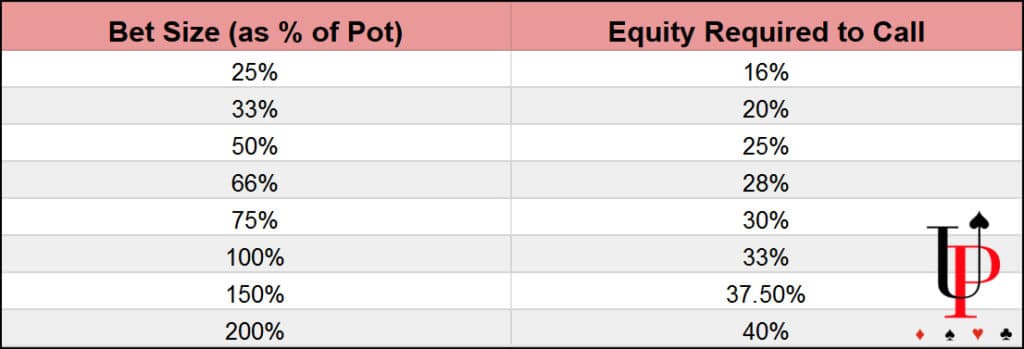SillentHunterZ
Rock Star
Silver Level
Hey guys i need little bit of help. When I started learning more in depth i realised how all of this can be overwhelming.
Pot odds example
9 outs for straight draw, the charts says:
9*4=36% turn plus river
9*2=18% for turn to river
Or 4 to 1 odds, now how did we get to 4:1 in odds. How to transform them from % to odds so that i can compare if it's worth it to call or not?
Example of equity
$2 call size / $6.5 final pot size = 0.307
0.307 * 100 = 30.7% equity required to call.
How to calculate easier that without calculator, the first part, the second is no problem.
Pot odds example
9 outs for straight draw, the charts says:
9*4=36% turn plus river
9*2=18% for turn to river
Or 4 to 1 odds, now how did we get to 4:1 in odds. How to transform them from % to odds so that i can compare if it's worth it to call or not?
Example of equity
$2 call size / $6.5 final pot size = 0.307
0.307 * 100 = 30.7% equity required to call.
How to calculate easier that without calculator, the first part, the second is no problem.


